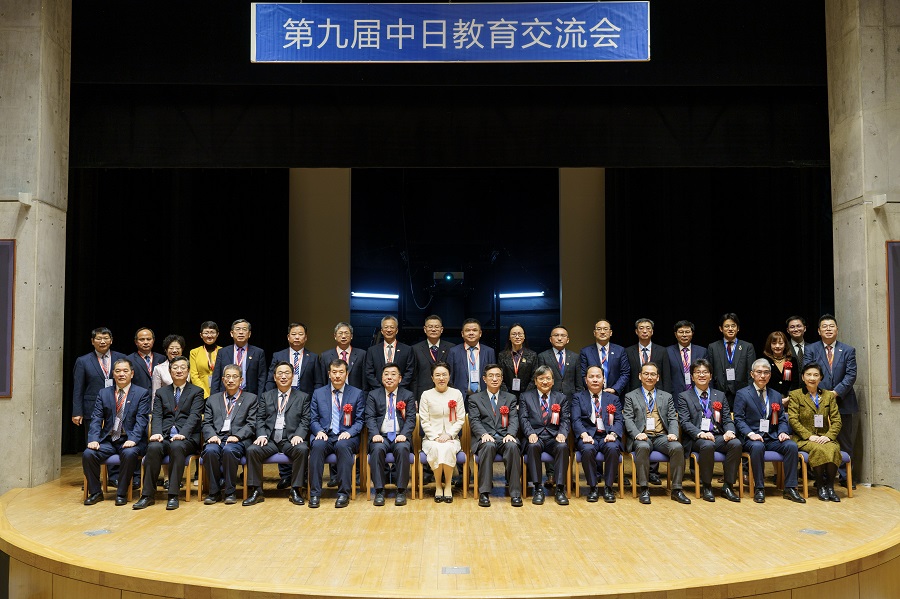
Japan's experience with institutional reforms aimed at fostering innovation provides valuable insights for China. Before the incorporation of national universities in 2004, Japanese universities played a crucial role in basic science research. But the commercialization of their research results was insufficient. The 2004 reform allowed national universities to operate independently of the government on issues such as patent applications and commercialization of their research. This autonomy led to a significant behavioral shift in the universities, empowering them to actively engage in technology transfer and commercialization efforts.
The incorporation of national universities was a landmark reform in Japan's higher education system. Prior to the reform, national universities were directly managed by the government, which limited their ability to make independent decisions on resource allocation, research priorities and commercialization. The incorporation granted the universities greater autonomy, enabling them to establish independent administrative and financial operations. This autonomy was crucial for fostering a more entrepreneurial mindset in universities, encouraging them to pursue research, especially innovation, and its commercialization.
READ MORE: Chinese premier stresses unchanged relations among China, Japan, ROK
A key strategy in managing the dual goals of research and commercialization — often referred to as "chasing two hares" — was the division of labor within universities. Each national university established a dedicated department to facilitate the commercialization of research. This department was staffed with individuals who had industrial innovation experience while working for private enterprises. These professionals worked alongside university faculty members to support the commercialization of research outputs.
By separating the commercialization process from academic research, universities could ensure that researchers focused on their scientific pursuits while commercialization experts handled patent applications and implemented market strategies. This approach mitigated concerns that commercialization efforts might compromise academic pursuit and research quality.
The empirical analysis conducted by our team shows commercialization activities in Japanese universities have flourished after the 2004 reforms. Twenty years after the launch of the reforms, the commercialization of research results has not only thrived but also led to substantial growth in the commercialization of technologies, as evidenced by the surge in university patents and startups.
Importantly, this increase in commercialization has not come at the expense of academic quality. The successful balancing of basic research and commercialization efforts demonstrates that they reinforce each other and that both goals can be achieved.
University patenting generally makes technology public, facilitating further collaboration between universities and industries. This openness has been particularly beneficial for enterprises that had no prior experience with university partnerships before the 2004 national university reforms.
The early 2000s was when Japanese corporations reviewed and adjusted their R&D strategy in the face of stiff competition from companies based in neighboring Republic of Korea and China. Specifically, high-tech enterprises in Japan, including those in the electronics, automobile and pharmaceutical sectors, gave up the in-house development model for new products in favor of seeking open innovation models, including active external collaboration with universities.
As a result, these collaborations have expanded, leading to a more robust innovation ecosystem. The public information of patent documents allows them to understand the commercial potential of research in universities, which facilitates greater interactions between enterprises and universities for their research collaboration and technology licensing.
As China navigates the complexities of its economic transformation, Japan's experience with institutional reforms and commercialization policies can provide it with valuable insights. In the context of China's economic development, productivity-led growth has emerged as a crucial factor for sustaining and enhancing the country's GDP growth. This necessity is underscored by the anticipated reduction in factor inputs, particularly capital and labor.
China's real estate market is experiencing a significant slump, diminishing the potential for capital input as a growth driver. Simultaneously, China's negative population growth is leading to a decrease in the working-age population, further constraining labor input. As such, the future trajectory of China's GDP growth increasingly hinges on the enhancement of total factor productivity, particularly through innovation. The rising tide of international competition and the intensifying high-tech trade war launched by the United States highlight the critical role of science-based innovation in securing China's economic future.
In China, patents have often been used as tools to secure R&D subsidies from the government or as an academic performance index in universities, rather than for the promotion of technology. Recently, however, there has been a policy shift, prioritizing the quality over the quantity of patents, which is the right way to foster meaningful innovation. To fully capitalize on this shift, it is crucial to acknowledge that effective commercialization of patents requires proper technology management skills, including identifying target enterprises for licensing and understanding the global technology and market trends.
ALSO READ: Strategic autonomy of Seoul and Tokyo crucial for upturn in regional relations
In Japan, there is a substantial pool of professionals with these skills, particularly in high-tech companies. Many Chinese companies lack this expertise. Therefore, developing human capital is essential for making scientific findings at universities a cornerstone of novel innovations.
By investing in the development of these skills, China can enhance the effectiveness of its university patents, fostering a more vibrant and impactful innovation ecosystem. Through targeted training programs and the integration of industry-experienced professionals in university commercialization departments, China can ensure its scientific advancements translate into economic and technological gains.
The author is a professor at the Graduate School of Engineering of the University of Tokyo.
The views don't necessarily reflect those of China Daily.


